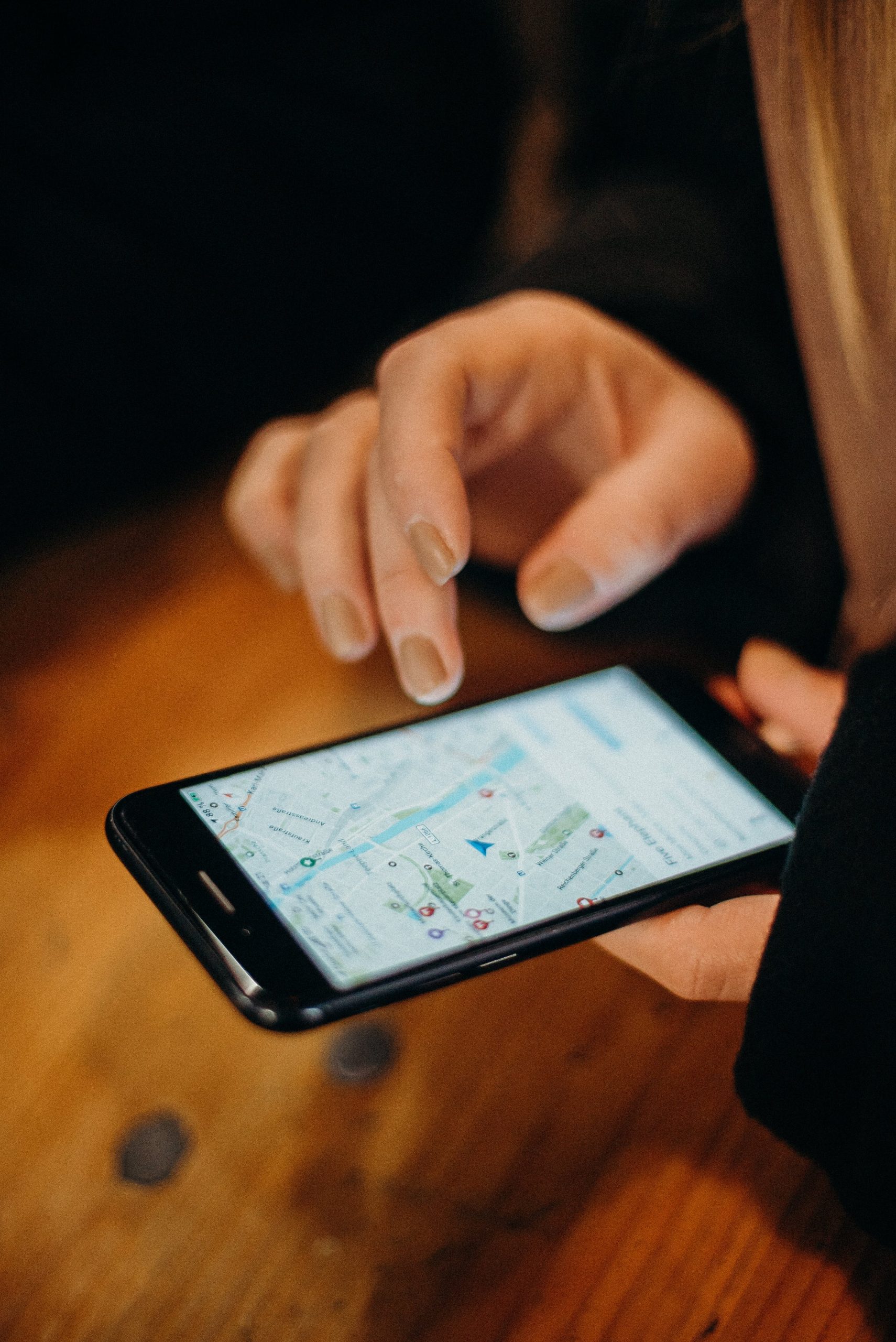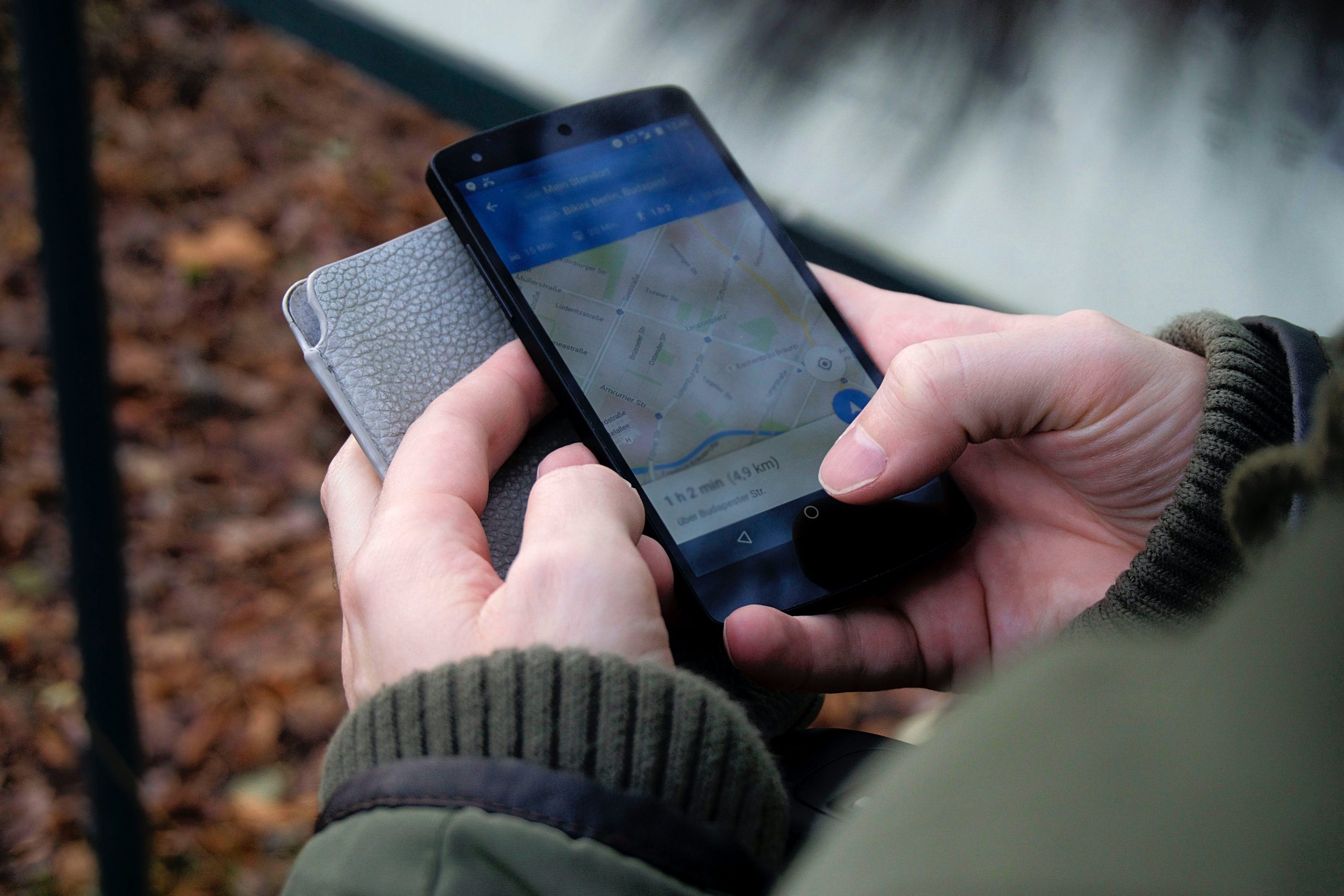The advent of satellite imagery technology has given us unprecedented access to views of our planet from above. Google Maps, a widely used mapping service, offers users the ability to explore diverse landscapes, historical landmarks, and even areas that were once shrouded in secrecy. One intriguing question that often arises is whether you can see nuclear test sites on Google Maps. In this article, we will delve into the possibility of uncovering these enigmatic sites and the implications of such visibility.
The Evolution of Satellite Imagery
Satellite imagery has come a long way since its inception, evolving from grainy black-and-white photos to high-resolution, real-time images that can be accessed by anyone with an internet connection. Google Maps, utilizing data from various satellite providers, has become a popular platform for exploring the Earth’s surface in incredible detail.
1. Historical Nuclear Test Sites
Several nuclear test sites around the world hold historical significance due to the nuclear arms race and Cold War tensions. Notable locations include the Nevada Test Site in the United States, Semipalatinsk Test Site in Kazakhstan, and the Pacific Proving Grounds, which includes sites like Bikini Atoll and Eniwetok Atoll. The question arises: Can you see these sites on Google Maps?
2. Visibility on Google Maps
The visibility of nuclear test sites on Google Maps depends on various factors, including the level of secrecy surrounding the site, the availability of high-resolution satellite imagery, and geopolitical considerations. In many cases, some nuclear test sites are visible on Google Maps, while others may have restricted access or limited imagery resolution.
3. Nevada Test Site, USA
The Nevada Test Site, now known as the Nevada National Security Site, was a primary location for nuclear testing by the United States. Some areas of the site are visible on Google Maps, offering a glimpse into the historical legacy of nuclear testing. Users can explore the vast desert landscape that once witnessed numerous nuclear explosions.
4. Semipalatinsk Test Site, Kazakhstan
The Semipalatinsk Test Site in Kazakhstan was the primary location for the Soviet Union’s nuclear tests. While some areas of the site may be visible on Google Maps, the extent of visibility could be limited due to factors such as government restrictions or the absence of high-resolution imagery for certain regions.
5. Pacific Proving Grounds
The Pacific Proving Grounds, which includes iconic locations like Bikini Atoll, was used for extensive nuclear testing by the United States. Some areas of these test sites are visible on Google Maps, allowing users to explore the atolls that played a pivotal role in nuclear history.
6. Geopolitical Considerations
Visibility on Google Maps is also influenced by geopolitical considerations and agreements between nations. Certain countries may restrict access to satellite imagery of sensitive areas, including active or decommissioned nuclear test sites, for security and national defense reasons.
Implications and Ethical Considerations
While the ability to view nuclear test sites on Google Maps can offer historical insights, it raises ethical considerations. Some argue that transparency regarding these sites fosters awareness of the environmental and geopolitical consequences of nuclear testing. However, others contend that unrestricted visibility could compromise national security or infringe upon the sovereignty of nations.
The question of whether you can see nuclear test sites on Google Maps underscores the delicate balance between transparency, historical curiosity, and geopolitical sensitivity. While some sites are visible, the extent of visibility depends on various factors, including government policies, technological advancements, and ethical considerations. As we continue to explore the world through satellite imagery, it’s essential to approach these inquiries with a nuanced understanding of the historical context and the potential implications of revealing sensitive locations. Ultimately, the visibility of nuclear test sites on Google Maps serves as a reminder of the complex interplay between technology, history, and the pursuit of knowledge.

